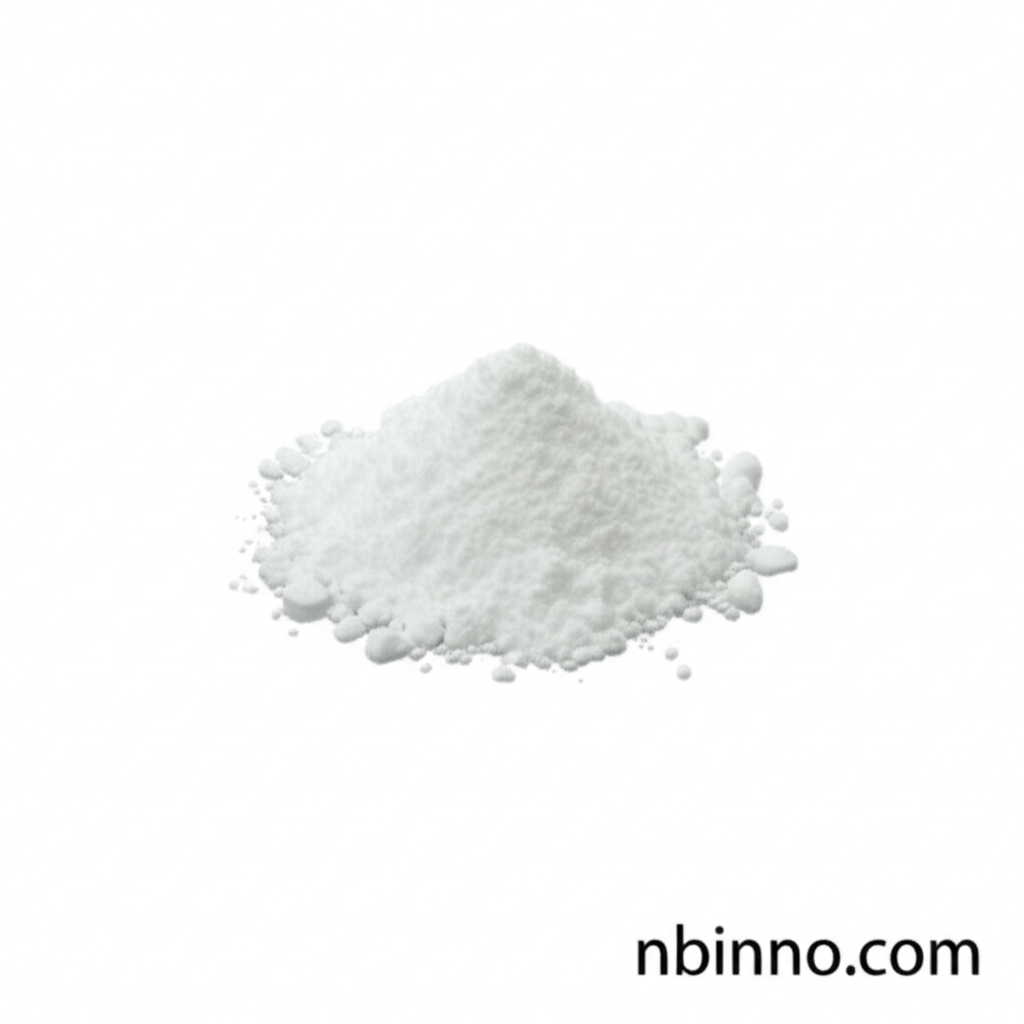6-Bromo-2,3-Dihydro-4H-Chromen-4-One: A Key Intermediate in Pharmaceutical Synthesis and Material Science
Discover the versatile applications of this essential chemical building block in cutting-edge research and development.
Get a Quote & SampleProduct Core Value

6-Bromo-2,3-Dihydro-4H-Chromen-4-One
This compound is a highly sought-after intermediate in the synthesis of a wide array of complex organic molecules. Its unique brominated chromanone structure makes it particularly valuable for constructing bioactive compounds with potential therapeutic properties.
- Leveraging its role as a key pharmaceutical intermediate, researchers utilize this compound in the synthesis of bioactive molecules.
- Exploring the chemical biology applications, scientists employ it to probe biological pathways and enhance understanding of cellular processes.
- The compound is integral to the synthesis of pharmaceuticals, particularly those targeting neurological disorders.
- Its utility extends to material science, where it aids in the development of novel materials like organic light-emitting diodes (OLEDs).
Key Advantages
Synthetic Versatility
The compound's structure allows for participation in diverse reactions, making it an invaluable tool for chemists aiming to create complex organic structures, which is crucial for innovation in drug discovery.
Therapeutic Potential
Its application in the synthesis of pharmaceuticals, especially those for neurological disorders, underscores its importance in advancing healthcare solutions.
Material Innovation
With unique electronic properties, it contributes to advancements in material science, particularly in the creation of cutting-edge organic light-emitting diodes (OLEDs).
Key Applications
Pharmaceutical Synthesis
This compound is a vital building block for synthesizing a range of pharmaceutical agents, contributing to the development of new treatments for various diseases.
Material Science
Its unique electronic properties make it suitable for applications in material science, notably in the production of OLEDs and other advanced materials.
Natural Product Research
Researchers utilize it in the study of natural products, assisting in the isolation and characterization of naturally occurring bioactive compounds.
Chemical Biology
It serves as a probe in chemical biology, helping to elucidate complex biological pathways and identify potential therapeutic targets.
